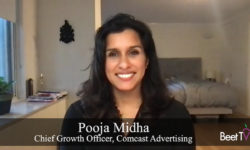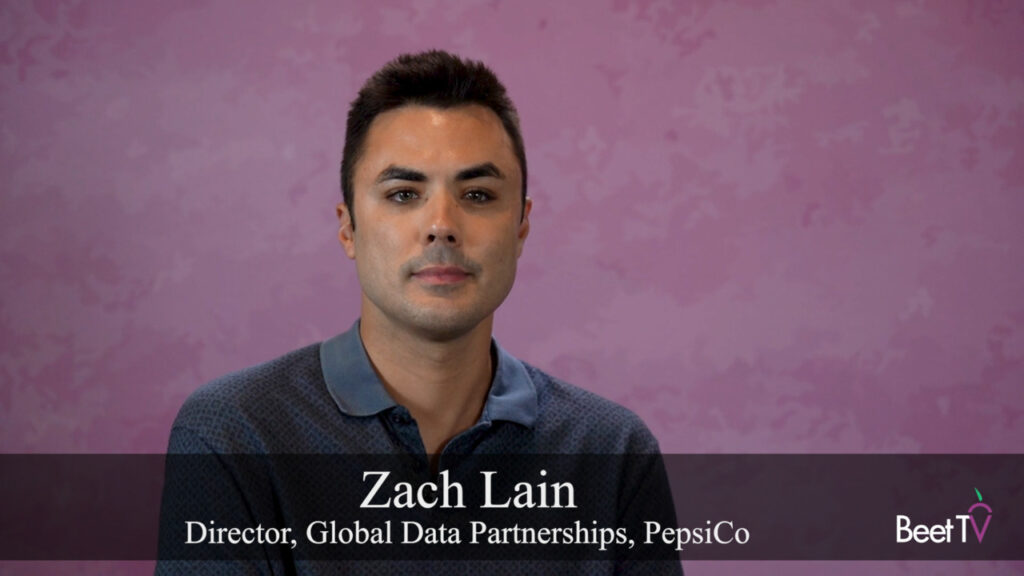Millions of consumers are dividing their time spent with media among a wider range of devices and platforms. That behavior has challenged media buyers and sellers to quantify the reach, frequency and other indicators of advertising’s effect on business outcomes for marketers.
ViacomCBS, whose media brands include channels such as CBS, MTV and Nickelodeon (along with streaming outlets such as Paramount+ and Pluto TV), is working with a wider variety of measurement companies to obtain a more holistic view of audience behavior. It also belongs to the OpenAP consortium, which last month introduced XPm as a framework for measuring campaign performance across platforms using OpenAP’s common TV audience identifier, OpenID.
“We’re working with a lot of new folks in the video space,” Travis Scoles, senior vice president of advanced advertising at ViacomCBS, said in this interview with Beet.TV. “We’re also very actively engaged with those folks to help understand: where is this going?”
Frequency Management for Ads
Not only does more accurate measurement help ViacomCBS to establish an accurate value for its ad inventory, but it also helps advertisers to improve the efficiency of their media spending. With more accurate viewership data, advertisers can cap the frequency of campaigns to avoid reaching the same consumers too many times on different platforms. Oversaturation can work against media outlets and their advertisers if the consumer experience deteriorates.
“This really starts with measurement,” Scoles said. “You have to understand how frequency is being impacted for an individual household and individual consumer across all of the places they’re consuming content in order to manage that in a holistic way.”
The goal is to break down media silos by measuring how consumers shift their attention among different platforms, whether it’s linear television or streaming services. Historically, each of those of outlets have maintained their own data about viewership. OpenAP’s XPM hub aims to unite data from different sources while also protecting consumer privacy.
“As we look at partners, OpenAP with their open ID (I think Blockgraph is doing a lot of interesting things in this space) — we’re seeing people focus on this issue right now.” Scoles said. “Once you can measure this not only accurately, but also quickly, then you can really start to make operations anchored to what you’re seeing from that perspective and drive frequency management across an entire campaign, as opposed to pieces of a campaign.”
You are watching “Arriving at Your Audience: Why Direct-to-Household Connectivity Is Critical for TV Advertisers,” a Beet.TV Leadership Series presented by Blockgraph. For more videos, please visit this page.
































